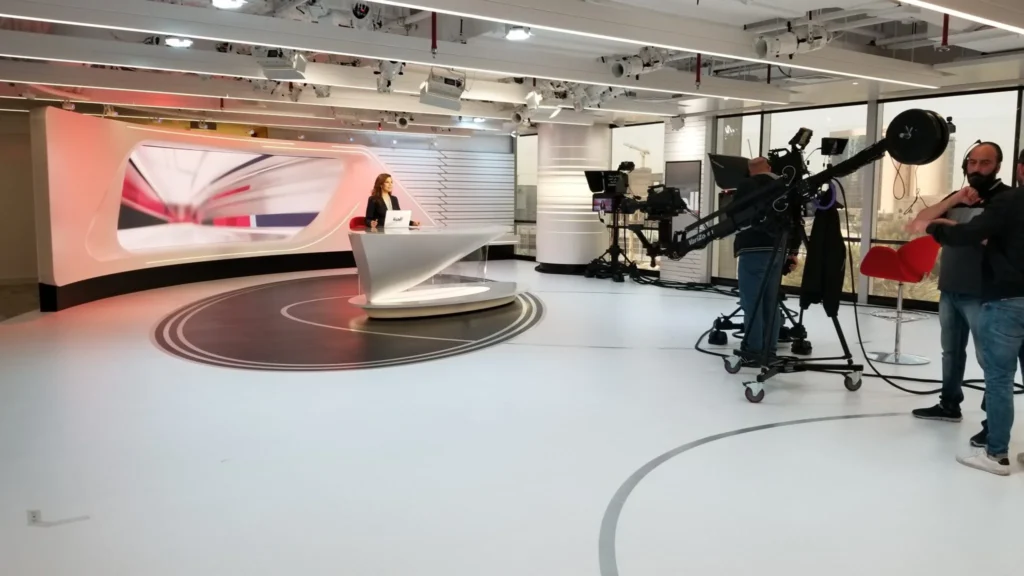Most of the lighting designers I know have daylight control pretty well figured out. They tend to have a pretty good idea of what they need and how they will use it.
When it comes to sorting out all the details for a new installation or studio update, though, that’s when they give me a call. They like being able to rely on our expertise to recommend and set up a daylight control system so that they can focus on other aspects of lighting design. Most ask us to specify the ideal mix of layers — scrims and gels — and to configure different groups that can easily be adjusted from the lighting console.

Our team can inspect a site — or just a facility design — and recommend a complete daylight control solution that addresses over 99% of lighting conditions within that studio. We can quickly adjust an installed solution to hit the other 1%.
Another reason lighting designers call on us during the design phase is that we can help them identify the electrical and data requirements, component placement, and other design elements that will blend in best with the overall set design. These elements just look so much better if they’re addressed along with other key elements of the set and studio architecture.
While daylight control technology and solutions aren’t exactly evolving at breakneck speed, there have been advances that make it worthwhile for lighting designers to take a look at new options. Among the most notable advances in recent times is the inclusion of green screen blinds into daylight control systems and the ability to control the daylight solution from virtually anywhere.

In most cases, the view provided by studio windows is what really makes them — with the appropriate daylight control solution — a valuable part of the set design. Whether it’s an iconic building or landmark, a view up a well-known street, or a sparkling cityscape, the backdrop adds tremendous character to the broadcast. However, because real estate within must studios is limited, the space occupied by windows becomes even more valuable if it can be repurposed as a backdrop for virtual elements, or even to support augmented reality. (And, I must admit, it’s pretty incredible stuff!)
Sure, not every studio is ready to work with these technologies right now. But by building a green screen into their next daylight control system, lighting designers can keep that option open without the need to mess around with an existing installation.
If you’re in the market for a new or improved daylight control solution – click here to set up a call or contact us at +1 212-298-8980. Let’s talk about how to optimize daylight control for your space.

